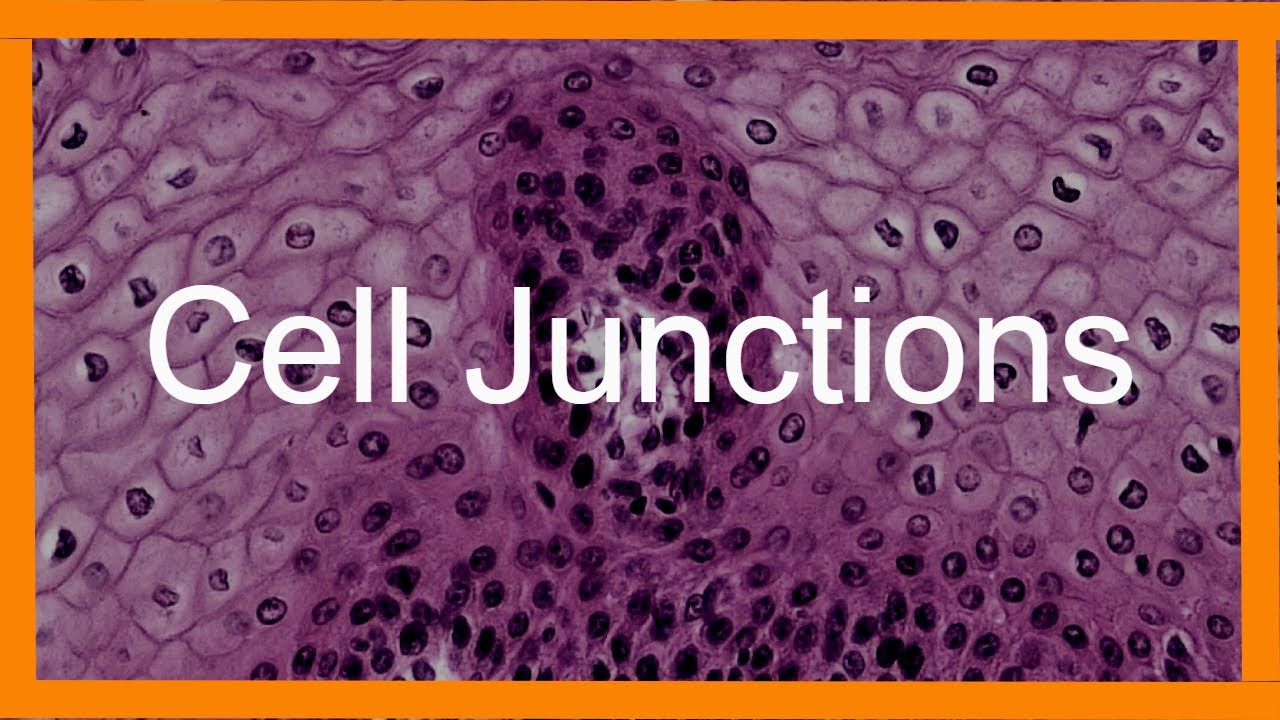
Cell junctions are fascinating structures that play a crucial role in the organization and function of cells in multicellular organisms. These junctions are responsible for binding cells together, allowing them to communicate, share resources, and coordinate their activities. From the tight junctions that seal the gaps between cells to the gap junctions that enable direct cell-to-cell communication, each type of junction has unique characteristics and functions. In this article, we will explore 18 intriguing facts about cell junctions. We will uncover the different types of cell junctions, their roles in maintaining tissue integrity and functionality, and the intricate mechanisms behind their formation and regulation. So, let’s dive into the fascinating world of cell junctions and discover the remarkable ways in which these tiny structures impact our biology.
Key Takeaways:
- Cell junctions are like the bridges between cells, helping them stick together and communicate. They’re crucial for tissue structure and function, and defects can lead to diseases like cancer and skin disorders.
- Different types of cell junctions have unique roles, from forming barriers to allowing direct communication between cells. They play a vital part in tissue development, signaling, and even neural connectivity in the nervous system.
Definition of Cell Junctions
Cell junctions are specialized structures that connect adjacent cells, providing mechanical support and facilitating intercellular communication.
Types of Cell Junctions
There are several types of cell junctions, including tight junctions, adherens junctions, desmosomes, and gap junctions. Each type serves distinct functions and is composed of different proteins.
Tight Junctions
Tight junctions form a barrier between cells, regulating the passage of molecules and ions through intercellular spaces. They are crucial in maintaining tissue integrity and preventing leakage.
Adherens Junctions
Adherens junctions are responsible for cell-to-cell adhesion and play a crucial role in maintaining tissue structure and integrity. They are composed of cadherin proteins that link cells together.
Desmosomes
Desmosomes are mechanical junctions that provide strong adhesion between cells, especially in tissues that undergo high mechanical stress, such as the skin and heart.
Gap Junctions
Gap junctions allow direct communication between cells, enabling the exchange of small molecules and ions. They are crucial for synchronizing cellular activities and coordinating tissue functions.
Components of Cell Junctions
Cell junctions consist of transmembrane proteins, such as cadherins and connexins, which interact with cytoskeletal elements, such as actin and intermediate filaments, to maintain structural integrity.
Role in Tissue Development
Cell junctions play a vital role in tissue development, ensuring proper cell arrangement, differentiation, and organization during embryogenesis.
Role in Epithelial Barrier Function
Tight junctions contribute to the selective permeability of epithelial cell layers, limiting the passage of substances and maintaining tissue homeostasis.
Implications in Disease
Defects in cell junctions have been linked to various diseases, including cancer, inflammatory bowel disease, and skin disorders.
Role in Cellular Signaling
Cell junctions participate in cellular signaling events, influencing processes such as cell proliferation, differentiation, and apoptosis.
Mechanotransduction
Cell junctions are involved in mechanotransduction, converting mechanical forces into biochemical signals that regulate cell behavior and tissue remodeling.
Regulation of Cell Migration
Cell junctions play a critical role in coordinating cell migration, ensuring cells move as a collective and maintaining tissue integrity during wound healing and development.
Diversity in Protein Composition
Cell junctions exhibit a remarkable diversity in their protein composition, allowing for specialized functions in different tissues and cell types.
Role in Neural Connectivity
Cell junctions are crucial for establishing and maintaining synaptic connections between neurons, ensuring proper neuronal communication in the nervous system.
Cell Junction Remodeling
Cell junctions are dynamic structures that can be remodeled in response to external stimuli, allowing for tissue adaptation and repair.
Environmental Influences
Environmental factors, such as mechanical forces, extracellular matrix composition, and cell density, can influence the formation and function of cell junctions.
Future Directions
Research on cell junctions continues to expand, aiming to unravel their complex mechanisms, discover new types of junctions, and explore their therapeutic implications.
These 18 intriguing facts about cell junctions highlight the critical roles these structures play in cellular and tissue function. From maintaining tissue integrity to facilitating intercellular communication, cell junctions are fundamental to biological systems. Understanding their diversity and mechanisms will pave the way for future discoveries and advancements in various fields, including developmental biology, disease research, and regenerative medicine.
Conclusion
In conclusion, cell junctions play a crucial role in maintaining the structure and function of tissues and organs in multicellular organisms. They facilitate communication and coordination between cells, allowing them to work together as a unified system. The various types of cell junctions, such as tight junctions, adherens junctions, desmosomes, and gap junctions, each have unique functions and are found in different tissues and cell types throughout the body.
Understanding the intricate mechanisms of cell junctions is vital for uncovering the complexities of biological processes and the development of diseases. Ongoing research in this field continues to shed light on the fundamental principles of cell biology and has the potential to offer new therapeutic strategies for a range of medical conditions.
FAQs
1. What are cell junctions?
Cell junctions are specialized structures that connect cells together, allowing them to communicate, adhere, and interact with each other.
2. How many types of cell junctions are there?
There are four main types of cell junctions: tight junctions, adherens junctions, desmosomes, and gap junctions.
3. What is the function of tight junctions?
Tight junctions form a seal between cells, preventing molecules and ions from passing through the space between cells and maintaining the integrity of barriers such as the blood-brain barrier and the intestinal epithelium.
4. What is the role of adherens junctions?
Adherens junctions facilitate cell-cell adhesion and play a crucial role in organizing cells into sheets and stabilizing tissues.
5. What are desmosomes?
Desmosomes are cell junctions that provide mechanical strength by connecting intermediate filaments of adjacent cells, particularly in tissues subjected to mechanical stress, such as the skin and heart muscle.
6. How do gap junctions facilitate cell communication?
Gap junctions consist of protein channels that allow the direct exchange of ions, small molecules, and electrical signals between adjacent cells, enabling coordinated cell activities and signaling.
7. Are cell junctions essential for multicellular organisms?
Yes, cell junctions are crucial for maintaining the structural integrity and function of tissues and organs in multicellular organisms.
8. Can disruption of cell junctions lead to diseases?
Yes, abnormalities in cell junctions can contribute to various diseases, including cancer, cardiovascular disorders, and certain genetic disorders.
9. What is the significance of studying cell junctions?
Studying cell junctions helps researchers gain insights into fundamental biological processes and develop potential therapeutic approaches for treating diseases.
10. Does the study of cell junctions have any practical applications?
Yes, understanding cell junctions can have practical applications in fields such as regenerative medicine, tissue engineering, and drug delivery systems.
Was this page helpful?
Our commitment to delivering trustworthy and engaging content is at the heart of what we do. Each fact on our site is contributed by real users like you, bringing a wealth of diverse insights and information. To ensure the highest standards of accuracy and reliability, our dedicated editors meticulously review each submission. This process guarantees that the facts we share are not only fascinating but also credible. Trust in our commitment to quality and authenticity as you explore and learn with us.


